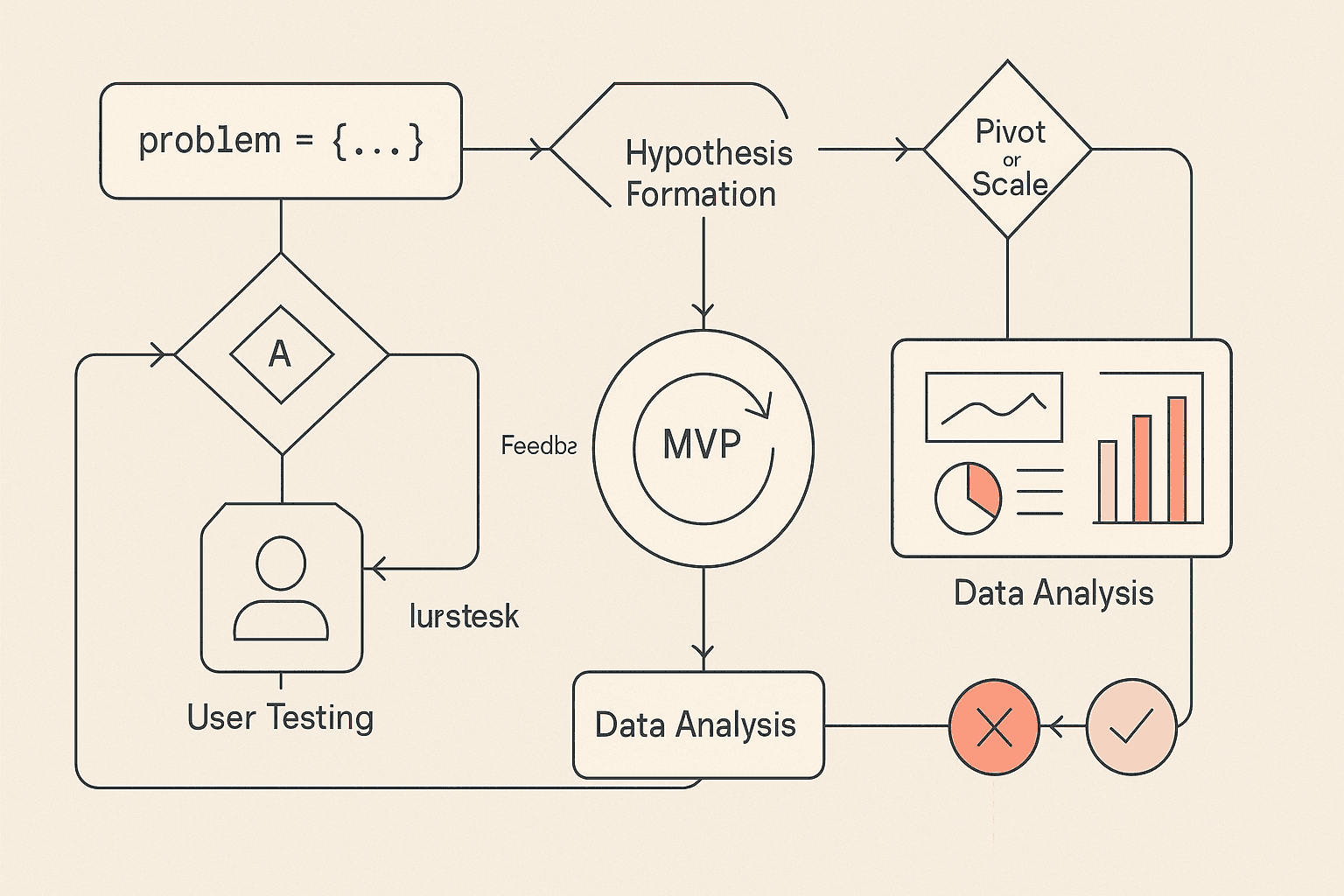From Code to Market: A Technical Founder's Guide to Business Model Canvas
Transform your technical expertise into a winning business strategy using proven frameworks

Reflova Team
##Article Content
Introduction: You've built an amazing product. Your code is clean, your architecture is scalable, and your users love the functionality. But there's one problem: you're not sure if you have a sustainable business.
Sound familiar? You're not alone. 73% of startups fail not because of technical issues, but due to strategic missteps. The good news? Business strategy follows patterns just like code architecture.
The Technical Founder's Challenge
As engineers and designers, we're trained to think in systems, components, and user flows. Business strategy requires a similar systematic approach, but most founders try to wing it. The result? Brilliant products that never find market fit.
The Business Model Canvas (BMC) is your debugging tool for strategy. Just like you wouldn't deploy code without testing, you shouldn't launch a business without validating your model.
Why the Business Model Canvas Works for Technical Minds
The BMC breaks complex business strategy into 9 interconnected components:
- Customer Segments (Your target users)
- Value Propositions (Problems you solve)
- Channels (How you reach customers)
- Customer Relationships (How you engage users)
- Revenue Streams (How you make money)
- Key Resources (What you need to operate)
- Key Activities (What you must do daily)
- Key Partnerships (External dependencies)
- Cost Structure (Your business expenses)
Think of it as your business architecture diagram.

Step-by-Step Implementation
Step 1: Start with Customer Segments Don't assume "everyone" is your customer. Be specific:
- "Technical founders at pre-seed startups"
- "Product managers at Series A SaaS companies"
- "Engineering leaders at 50-500 person companies"
Step 2: Define Your Value Proposition What job are you helping customers complete? Frame it like a user story:
- "As a technical founder, I want to validate my business strategy so that I don't waste 6 months building the wrong thing."
Step 3: Map Your Channels How will customers discover you?
- Content marketing (like this blog)
- Developer communities (GitHub, Stack Overflow)
- Product Hunt launches
- Word-of-mouth referrals
Step 4: Design Customer Relationships
- Self-service product (familiar to technical users)
- Community support (like open-source projects)
- Educational content (documentation mindset)
Step 5: Identify Revenue Streams
- Freemium SaaS (familiar model)
- Usage-based pricing (scales with value)
- Enterprise licenses (for larger teams)
Step 6-9: Operations and Resources Map out your technical infrastructure, team needs, and partnership requirements just like you would plan a system architecture.
Common Technical Founder Mistakes
- Over-engineering the product before validating market need
- Underestimating sales and marketing complexity
- Focusing on features instead of customer outcomes
- Ignoring unit economics until it's too late
- Building for users who won't pay
Real Example: Stripe's Business Model
Stripe succeeded because they understood technical founders' pain points:
- Customer Segment: Developers who hate payment integration
- Value Proposition: Simple, developer-friendly payment APIs
- Channels: Developer word-of-mouth, documentation quality
- Revenue: Transaction fees (aligns with customer success)
Your Next Steps
- Download our Business Model Canvas template
- Fill out each section systematically
- Identify your biggest assumptions
- Test the riskiest assumptions first
- Iterate based on real customer feedback
Remember: Your business model is your product's architecture. Design it with the same rigor you apply to your code.
Related Topics

About Reflova Team
The Reflova Team brings together seasoned strategists and entrepreneurs who specialize in helping visionary leaders navigate the complex journey from idea to market success. We provide the frameworks, tools, and expertise needed to transform entrepreneurial concepts into validated, scalable ventures.